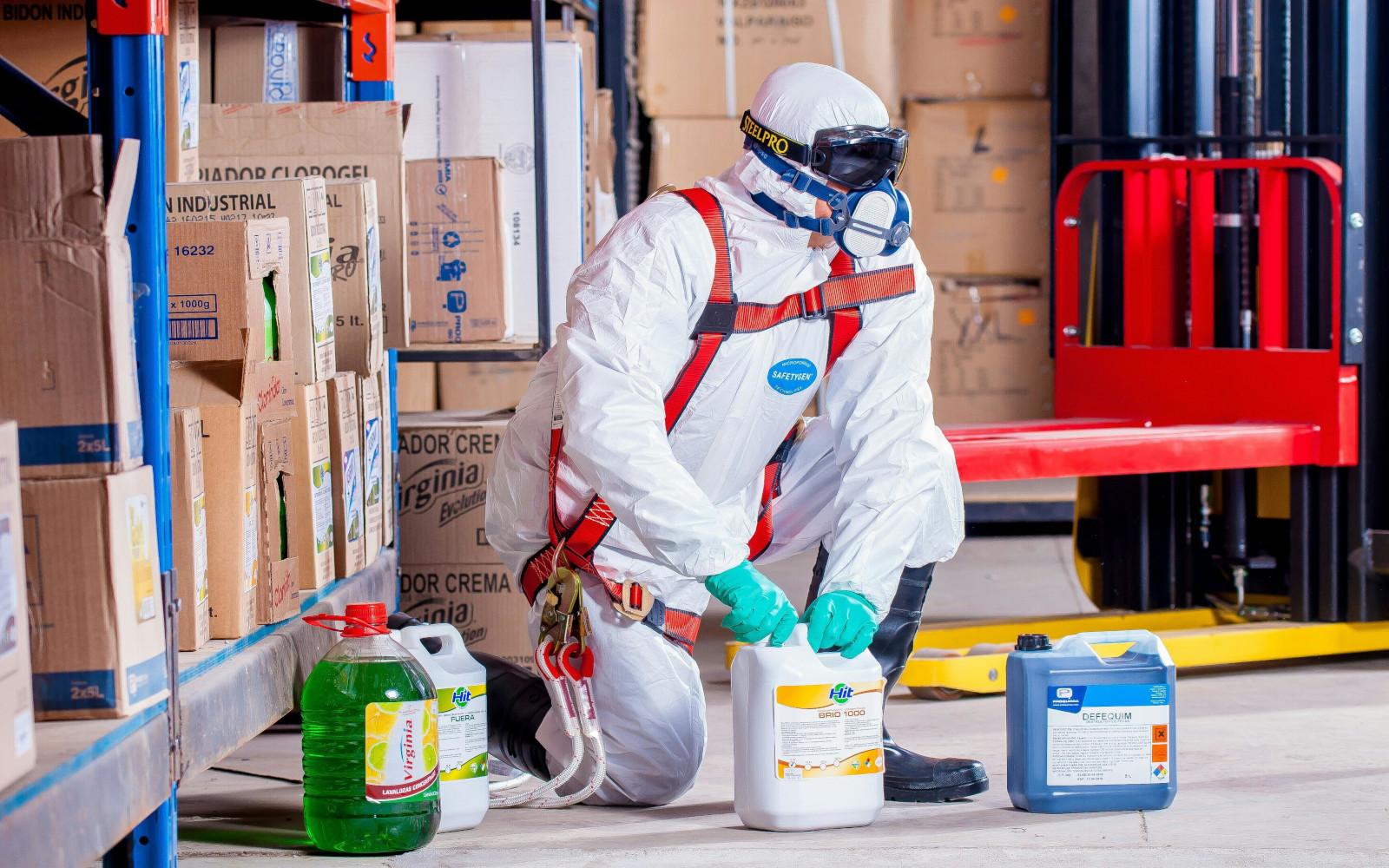Olfactory fatigue, also known as olfactory adaptation or nose blindness, is a common sensory phenomenon where prolonged exposure to certain odors results in a decreased ability to detect them. This sensory adaptation helps prevent overstimulation of the nervous system by filtering out constant background smells, allowing the body to focus on new, potentially more critical stimuli. While this is a natural and generally harmless process in everyday life, it can pose significant risks in industrial environments where hazardous chemicals are present.
What Causes Olfactory Fatigue?
Olfactory fatigue occurs when olfactory receptors in the nose become desensitized to an odor after continuous exposure. When an odorant—a molecule that produces a smell—is inhaled, it binds to specific receptors in the olfactory system. These receptors send signals to the brain, allowing us to perceive the scent. However, with constant exposure, the receptors become less responsive, reducing the strength of the signal sent to the brain. This desensitization process can happen relatively quickly and is influenced by several factors, including the nature of the odor, its concentration, and the duration of exposure.
Why Is Olfactory Fatigue a Problem in Industrial Settings?
In industrial environments, workers may be exposed to a variety of chemicals and gases that can pose serious health risks. Many hazardous substances have distinctive odors that can serve as an early warning of their presence. However, olfactory fatigue can dull the sense of smell, making it difficult for workers to detect these potentially dangerous substances.
For example, chemicals like hydrogen sulfide, ammonia, and volatile organic compounds (VOCs) are often present in industrial settings. Prolonged exposure can lead to olfactory fatigue, causing workers to become less aware of these harmful substances. This desensitization can be particularly dangerous if a leak occurs, as workers may not smell the hazardous gas, increasing the risk of poisoning, respiratory issues, or even explosions.
The Science Behind Olfactory Fatigue
The exact biological mechanisms of olfactory fatigue are not fully understood, but research suggests that it involves a complex interplay of neural and cellular processes. One theory is that continuous exposure to an odorant leads to a decrease in the sensitivity of olfactory receptors. Another possibility is that the brain, after receiving repeated signals of the same odor, may reduce its responsiveness to that particular smell to avoid overstimulation.
Interestingly, olfactory fatigue can develop more rapidly in response to unpleasant odors than pleasant ones. This could be a protective mechanism, allowing individuals to become less sensitive to noxious smells over time. Additionally, the route through which an odorant enters the body—whether inhaled through the nose or mouth—can also influence the rate of olfactory adaptation.
Real-World Examples and Case Studies

In industrial settings, olfactory fatigue can lead to significant safety concerns. For instance, in chemical manufacturing plants, workers often handle substances like peracetic acid, which can cause eye, nose, and throat irritation, as well as skin conditions like dermatitis. In one case, a plant experienced a minor leak of ethylene oxide, a known carcinogen. Due to olfactory fatigue, workers failed to detect the leak early, resulting in prolonged exposure and significant health risks.
Another example involves the food processing industry, where ammonia is commonly used in refrigeration systems. Ammonia leaks can be hazardous, but olfactory fatigue can impair the ability to detect its characteristic sharp odor. As a result, workers may not realize there’s a leak until symptoms of exposure, such as respiratory distress, manifest.
Mitigating the Risks of Olfactory Fatigue
To manage the risks associated with olfactory fatigue, it’s crucial to implement comprehensive safety measures in industrial settings. Here are some actionable tips:
- Continuous Monitoring: Use reliable gas detection systems, such as the Accusafe or GasD 8000 by Interscan, to continuously monitor air quality. These systems can detect a wide range of gases and provide real-time data, alerting workers to the presence of hazardous substances.
- Regular Training: Educate employees about the risks of olfactory fatigue and the importance of relying on detection equipment rather than their sense of smell. Regular safety drills can also help reinforce the use of protective measures.
- Ventilation and Protective Gear: Ensure proper ventilation in work areas to reduce the concentration of airborne chemicals. Additionally, provide personal protective equipment (PPE) such as masks and respirators to safeguard against inhalation of harmful substances.
- Health Surveillance: Conduct regular health checks for workers exposed to hazardous chemicals. Early detection of symptoms related to chemical exposure can help prevent long-term health issues.
Olfactory fatigue is a significant concern in industrial settings, where the inability to detect hazardous odors can lead to severe health and safety risks. By understanding this phenomenon and implementing appropriate safety measures, companies can protect their employees and maintain a safe working environment. To learn more about effective gas detection solutions and request a quote, visit Interscan’s website and explore our range of products designed to keep your workplace safe.


